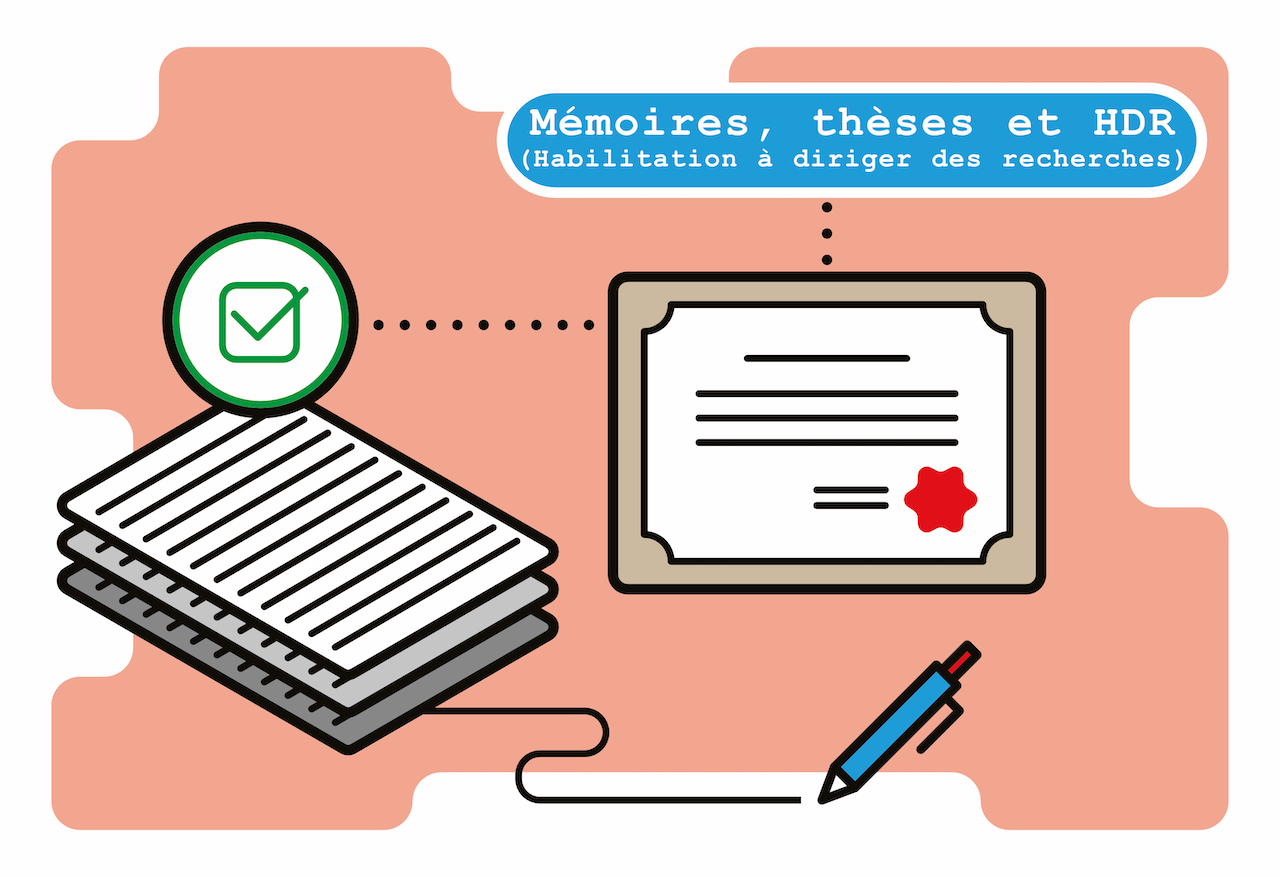Fiche du document
- ISIDORE Id: 10670/1.bb8a12...
Sujets proches
B lymphocytes Bursa equivalent cells Bone marrow derived cellsCiter ce document
X Xu, « Investigating the positive and negative selection of B cell development », Oxford Research Archive, ID : 10670/1.bb8a12...
Métriques
Partage / Export
Résumé
Understanding the mechanisms that control the positive and negative selection of B cells by self and foreign antigens and the generation of B cell subsets, are two important questions in B cell immunology. In this thesis, I described a bimodal switch, consisting of an RNA binding protein/microRNA suppressor Lin28b and a microRNA family let-7, which converts B cell negative selection in late ontogeny into positive selection and helps B1 B cell generation in adult life. In this project, I used the anti-HEL (hen egg lysozyme) transgenic mouse model to show how an intracellular self-antigen positively select B1 cells in early ontogeny but is tolerogenic to B cells in later life. I used this model to investigate the transcriptional profiles of antigen-specific B cells at different stages in ontogeny, in the presence and absence of cognate self-antigens. I have found that immature anti-HEL-specific B cells in fetal and neonatal life with intrinisic capacity for positive selection by self-antigen, have a transcriptional profile characterized by expression of Lin28b. In contrast, immature anti-HEL B cells from adult marrow, which are unable to undergo positive selection, show the reciprocal expression of the let-7 family. Expression of transgenic Lin28b reconstitutes the fetal B1 lineage in adult BM chimeras and rescues positive selection. This is inducible by transient expression of Lin28b suggesting that the switch is not hard-wired or specific to a precursor lineage. I have used genetic and functional approaches to identify pathways downstream of the Lin28b/let-7 switch, including some proteins that have already been shown to be involved in B cell selection. It is highly likely that similar functions will operate in humans, where fetal B1-like cells may be similarly self-renewing and Lin28b is involved in stem cell maintenance, development in early ontogeny and oncogenesis.
